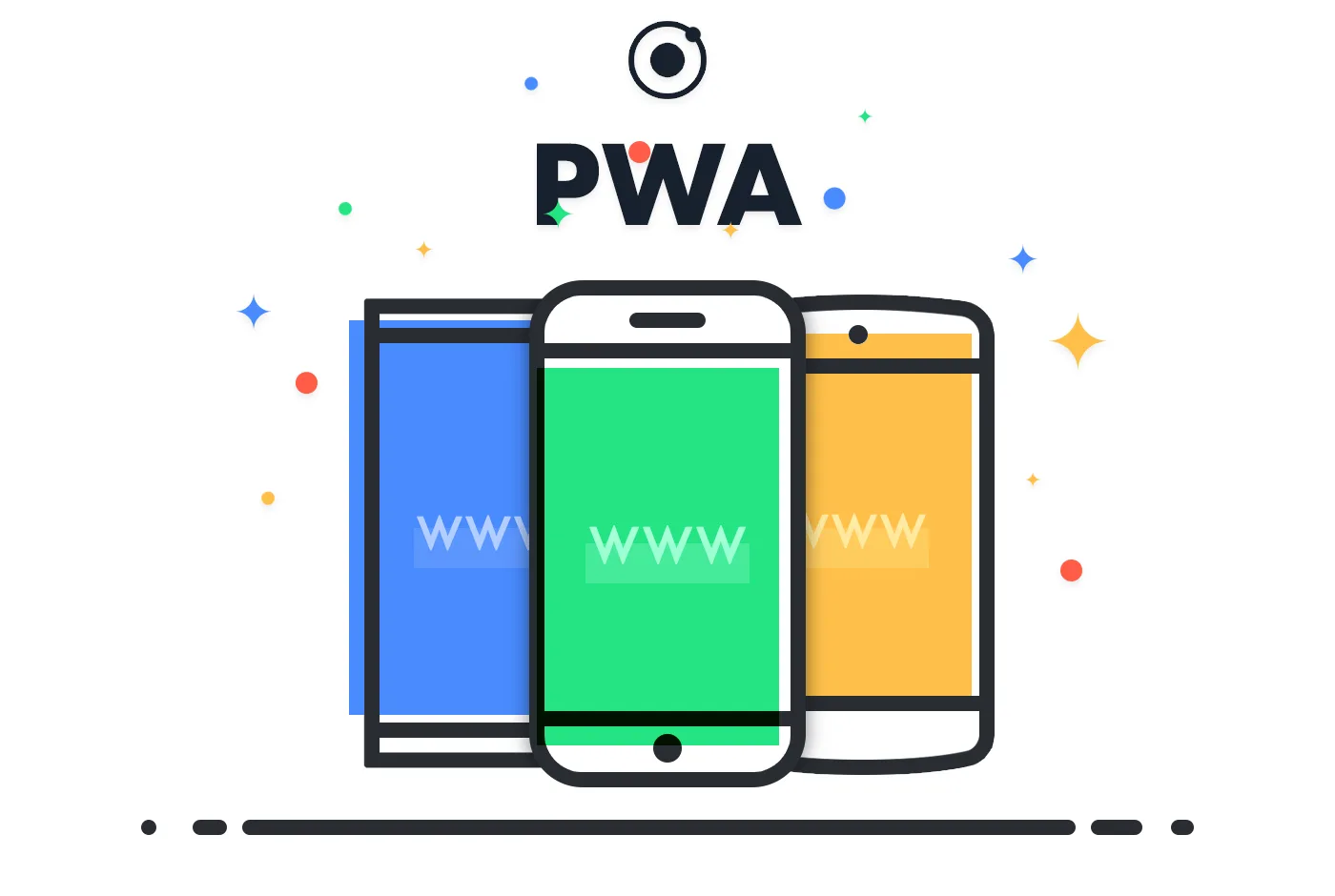A progressive web app is a kind of web application software designed using modern web technologies such as CSS, HTML and JavaScript with a user interface designed to work in conjunction with the existing web browser.
In other words, it is an advanced version of a website which works across multiple browser versions and operating systems. This feature makes it ideal for use in cross-browser testing and integration. Progressive websites are written using the W3C’s progressive web framework.
A PWA can be used to extend a website’s functionality and provide users with a new browsing experience. When a visitor comes to your site, he/she will see a new home screen with a new browser home page.
Depending on the browser in use, this new page could either show the previous pages displayed in the browser or a new tab, menu, or search box.
Some of the major advantages of progressive web apps include: faster browsing, no need to download large images, no need to wait for downloaded information to appear on the screen, ability to multitask, better privacy protection and security from tracking. Since PWA pages are not text-based, there is no need to create a new layout for every page.
There is also no need to learn any new technologies as they are just another form of markup language, which can be easily integrated into existing sites. They work offline just like a regular HTML page, which means even when your internet connection is down, the information can still be viewed.
Research demonstrates that PWAs provide numerous advantages to companies. Including
- 68% increase of mobile traffic.
- 52% average conversion increase.
- 15-fold improvement of load and installation speed.
- 25-times reduced use of device storage.
- 78% average session increase.
- 137% engagement increase.
Progressive web apps are written in XML and CSS. They are stored on servers maintained by Progressive Web Apps publishers who have chosen to charge a monthly fee for the hosting and development.
The publisher creates the layout of the PWA, sets up the buttons, selects the color scheme and select the elements to use within the PWA.
The only thing needed to view the PWA is the main article page, which can be viewed by users with a regular web browser or by a progressive web app downloaded through a browser. Because all the work is done for you behind the scenes, you don’t need to know anything about developing web apps.
Developing Progressive Web Apps
Developing a Progressive Web app works like a standard web app where a parent site requests an XML document containing the JavaScript necessary to send basic markup and style to the child pages. Once this is completed the XML request goes through an https request on the parent website, and the information contained in the XML document is sent to the Progressive Web app’s server.
The server then parses the information contained within the XML and displays it in the page that the user is directed to. Once a user clicks on the “application” button located on the top right corner of the main article page, the Progressive Web app sends a request to the main website using an https session.
As mentioned above, Progressive Web Apps is not supported by every browser out there. In order to use this technology, your Progressive Web app will have to be written in a specific programming language such as CoffeeScript, JavaScript or TypeScript.
Microsoft provides support for TypeScript, so if you want to target the latest browser versions your Progressive Web app will need to include the MS DOT files that are part of the latest releases of each browser.
Once an app is downloaded from the Progressive Web Apps project it will appear in the Windows Store, and users will be able to purchase and/or subscribe to the app in the future. When the user hovers their mouse over the app, it will show an alert that allows them to either purchase or subscribe to the content in the app.
Once they have purchased the app (which will typically require a user to sign in to verify their email address) they can go directly to the content of the app to open it up. This process allows users to experience the Progressive Web apps right from their desktops, laptops and tablets, where they can quickly open the app to browse through its content or purchase it.
How PWAs are Revolutionising Businesses in 2023
In the rapidly evolving digital landscape of 2023, businesses are constantly seeking innovative ways to stay ahead of the competition and deliver seamless user experiences.
- Enhanced User Experience
PWAs are revolutionizing the way businesses interact with their customers by providing enhanced user experiences. With their offline capabilities, PWAs allow users to access content and functionality even without an internet connection, which is particularly useful in areas with poor network coverage.
PWAs also provide fast loading times, smooth navigation, and engaging animations, creating a seamless and immersive user experience.
Moreover, PWAs offer a responsive design, adapting to different screen sizes and orientations, ensuring a consistent and optimized experience across all devices. They also support push notifications, enabling businesses to send personalised and timely updates to users, driving engagement and retention.
PWAs can also be added to the home screen of a user’s device, just like a native app, providing quick access and enhancing discoverability.
- Increased Reach and Accessibility
One of the key advantages of PWAs is their broad reach and accessibility. PWAs are not limited to any specific app store, and they can be accessed directly through a web browser, eliminating the need for users to download and install apps from app stores.
This reduces the friction in the user onboarding process, as users can simply click on a link or scan a QR code to start using a PWA, without the need for app installations.
Furthermore, PWAs are platform-agnostic and can work on any operating system, including iOS, Android, Windows, and more. This means that businesses can target a wider audience and reach users on different devices, without having to develop and maintain multiple native apps for each platform. This not only reduces development costs but also streamlines the app maintenance process.
- Lower Development and Maintenance Costs
Compared to native apps, PWAs offer significant cost savings in terms of development and maintenance. PWAs are built using standard web technologies, such as HTML, CSS, and JavaScript, which are familiar to most web developers, reducing the learning curve and development time.
Moreover, PWAs follow a single codebase approach, meaning that businesses only need to develop and maintain one codebase for all platforms, instead of multiple codebases for native apps, which can be time-consuming and costly.
Additionally, PWAs do not require app store submissions and approvals, which can be time-consuming and costly in terms of fees and commissions. This allows businesses to have greater control over their app distribution and monetization strategies.
PWAs can also be easily updated in real-time, without requiring users to download and install updates, ensuring that users always have access to the latest version of the app.
Improved Discoverability and SEO
PWAs are also helping businesses in 2023 by improving their discoverability and search engine optimisation (SEO). PWAs are indexed by
Summary
The advancement of Progressive Web Apps opens up endless possibilities for both designers and developers.
Using the Service Worker module, service workers can register themselves as part of the Windows Store app shell so that any browsing that occurs on that PC is tracked by the Store and sent to the proper Progressive Web Apps service worker, making it very easy for the end-user to find and install their favorite Progressive Web Apps.
Now more than ever companies can take advantage of the latest technology and benefit from it immediately. With no compatibility issues with browsers and no programming language required, Progressive Web Apps is here to stay!







